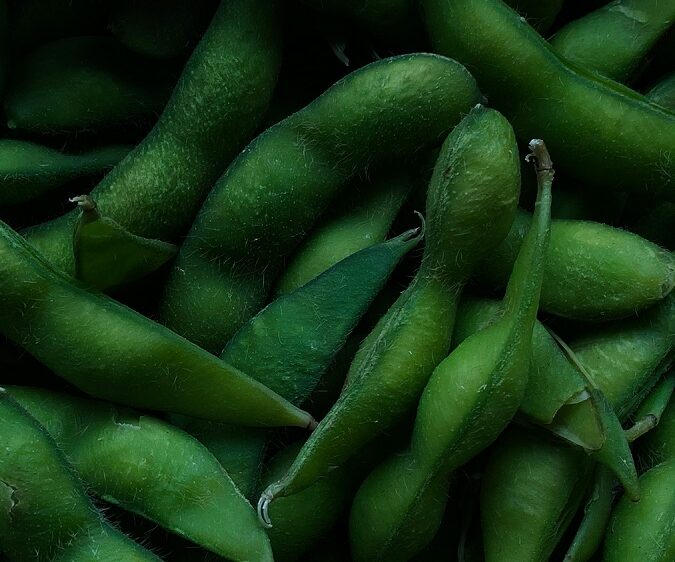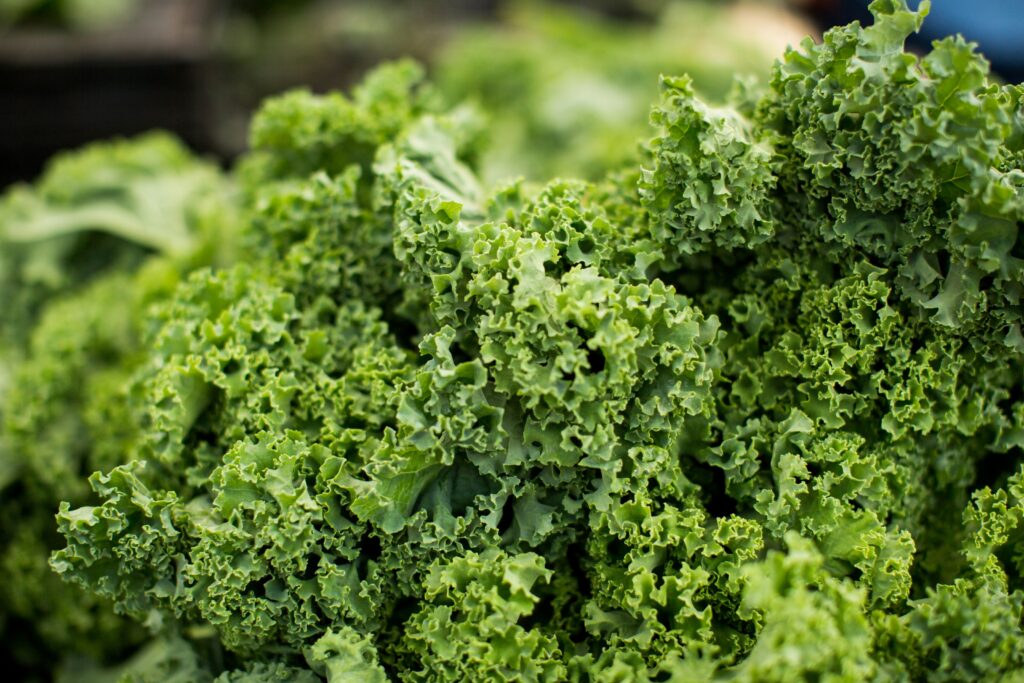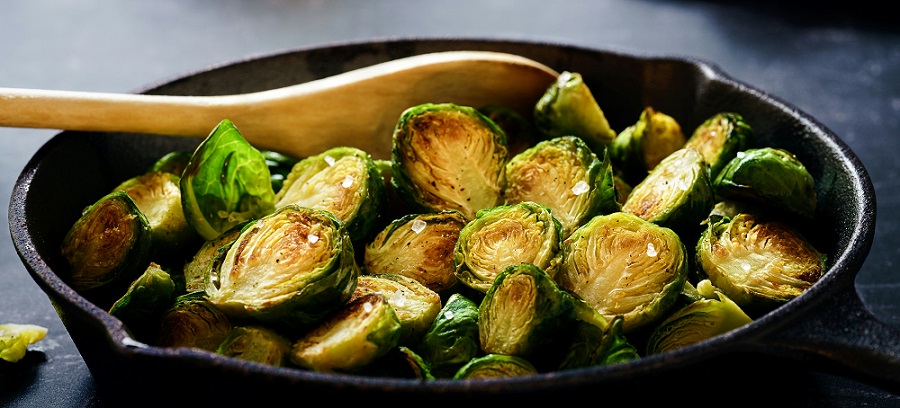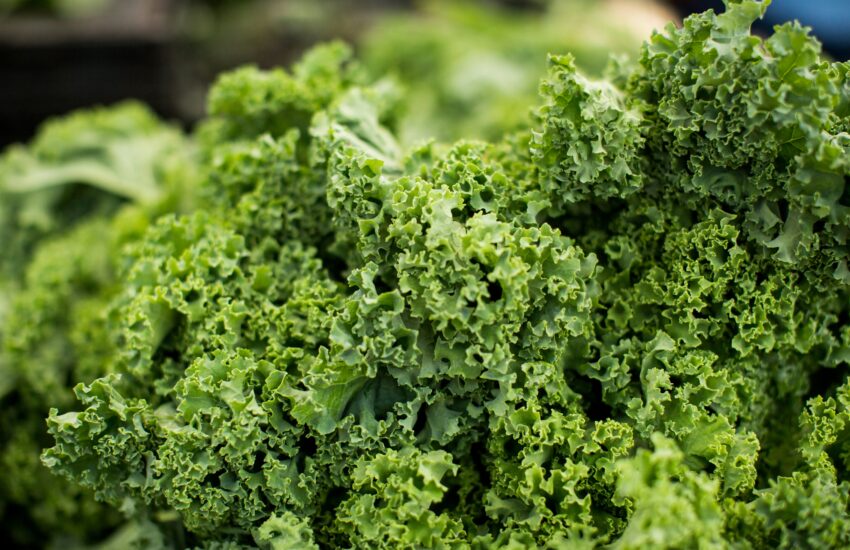In the quest for effective weight loss, many people focus on reducing calories while increasing protein intake. Protein is essential for maintaining muscle mass, enhancing satiety, and boosting metabolism. While most protein-rich foods are animal-based, several vegetables also offer a significant protein punch. Mohit Tandon from Illinois suggested 10 high-protein vegetables to weight loss, along with their nutritional profiles and benefits.
1. Edamame
Nutritional Profile
Edamame, or young soybeans, are a fantastic source of protein, with about 18.5 grams of protein per cooked cup. They are also rich in fiber, vitamins, and minerals.
Health Benefits
- Weight Loss: The high protein and fiber content promote fullness, reducing overall calorie intake.
- Nutrient-Rich: Edamame contains essential nutrients like iron, calcium, and vitamin K.
How to Incorporate Edamame
Edamame can be enjoyed steamed as a snack, added to salads, or blended into smoothies for a protein boost. Its nutty flavor complements many dishes. – Mohit Tandon Illinois

2. Spinach
Nutritional Profile
Spinach is not only low in calories but also contains about 5 grams of protein per cooked cup. This leafy green is also rich in vitamins A, C, and K, as well as iron and magnesium.
Health Benefits
- Rich in Antioxidants: Spinach is packed with antioxidants that help combat oxidative stress and inflammation.
- Supports Bone Health: The vitamin K content is vital for bone health.
How to Incorporate Spinach
Add spinach to smoothies, salads, or sauté it as a side dish. It can also be used in omelets or as a base for grain bowls.

3. Kale
Nutritional Profile
Kale is another nutrient-dense green, offering about 4 grams of protein per cooked cup. It is loaded with vitamins A, C, and K, as well as calcium and potassium.
Health Benefits
- Weight Management: Its high fiber content promotes satiety and aids digestion.
- Heart Health: Kale is beneficial for heart health due to its cholesterol-lowering properties.
How to Incorporate Kale
Kale can be used in salads, smoothies, or as a cooked side. Try massaging it with olive oil and lemon juice to make it more palatable.

4. Peas
Nutritional Profile
Green peas provide approximately 9 grams of protein per cooked cup. They are also a good source of fiber, vitamins A, C, and K, and various B vitamins.
Health Benefits
- Supports Muscle Repair: The protein in peas can help with muscle recovery after workouts.
- Low Caloric Density: Peas are low in calories, making them a great addition to any weight-loss diet.
How to Incorporate Peas
Add peas to soups, stir-fries, or salads. They can also be blended into dips or spread for a protein-rich snack.

5. Broccoli
Nutritional Profile
Broccoli contains about 4 grams of protein per cooked cup. It is rich in vitamins C, K, and folate, and provides various antioxidants.
Health Benefits
- Cancer-Fighting Properties: Broccoli contains compounds that may help reduce the risk of certain cancers.
- Supports Digestive Health: Its fiber content promotes a healthy gut.
How to Incorporate Broccoli
Broccoli can be steamed, roasted, or added to stir-fries and salads. It also works well in soups or as a crunchy snack with hummus.

6. Brussels Sprouts
Nutritional Profile
Brussels sprouts offer around 4 grams of protein per cooked cup. They are high in fiber, vitamins C and K, and antioxidants.
Health Benefits
- Weight Control: The high fiber content helps keep you feeling full longer.
- Supports Heart Health: Brussels sprouts may help lower cholesterol levels.
How to Incorporate Brussels Sprouts
Roast Brussels sprouts with olive oil and seasoning, or add them to salads and grain bowls. They can also be sautéed with garlic for a delicious side dish.

7. Artichokes
Nutritional Profile
Artichokes provide approximately 4 grams of protein per cooked medium artichoke. They are also a good source of fiber, vitamin C, and antioxidants. – Mohit Tandon Illinois
Health Benefits
- High Fiber Content: The fiber in artichokes supports digestion and aids in weight loss.
- Rich in Antioxidants: Artichokes are one of the highest antioxidant-containing vegetables.
How to Incorporate Artichokes
Enjoy steamed artichokes with dipping sauces, add them to salads, or incorporate them into pasta dishes for added protein and fiber.
8. Asparagus
Nutritional Profile
Asparagus contains about 4 grams of protein per cooked cup. It is rich in vitamins A, C, E, and K, and provides fiber and folate.
Health Benefits
- Supports Healthy Digestion: The fiber in asparagus promotes digestive health and regularity.
- Rich in Antioxidants: Asparagus contains antioxidants that help fight inflammation.
How to Incorporate Asparagus
Grill or roast asparagus as a side dish, add it to salads, or incorporate it into omelets and stir-fries.
9. Cauliflower
Nutritional Profile
Cauliflower offers about 2 grams of protein per cooked cup. It is low in calories and rich in vitamins C, K, and several B vitamins.
Health Benefits
- Low-Calorie Substitute: Cauliflower can be used as a low-calorie alternative to grains and legumes.
- Supports Brain Health: The choline content in cauliflower is beneficial for brain health.
How to Incorporate Cauliflower
Use cauliflower rice as a base for stir-fries or bowls, roast it as a side dish, or blend it into soups for added creaminess.
10. Mushrooms
Nutritional Profile
Mushrooms, particularly varieties like shiitake and portobello, provide about 3 grams of protein per cooked cup. They are also rich in B vitamins, selenium, and antioxidants.
Health Benefits
- Boosts Immune Function: Certain compounds in mushrooms can enhance immune response.
- Supports Weight Loss: Low in calories and high in nutrients, mushrooms can help with weight management.
How to Incorporate Mushrooms
Sauté mushrooms for a flavorful addition to salads, stir-fries, or grain dishes. They can also be grilled or used as a meat substitute in various recipes.
Conclusion
Incorporating high-protein vegetables into your diet can be a strategic approach to weight loss. These vegetables not only provide essential nutrients and support overall health but also promote feelings of fullness, helping to reduce overall calorie intake. By experimenting with different cooking methods and recipes, you can enjoy these protein-rich vegetables while achieving your weight loss goals. Including a variety of these vegetables in your meals will enhance both the flavor and nutritional quality of your diet, making your weight loss journey more enjoyable and sustainable.
